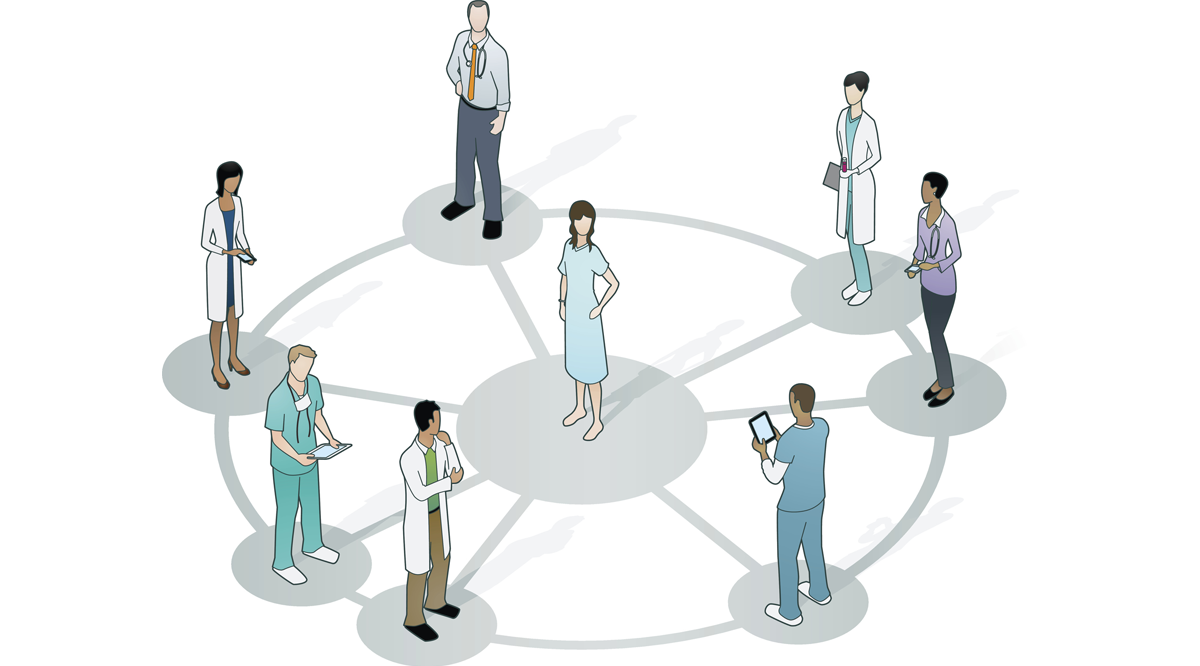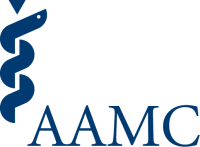Health Care Workforce

All Americans rely on the health care workforce, from treatment of minor illnesses to lifesaving emergency care. The shortcomings of the systems and policies to support our health care workforce were laid bare by the COVID-19 pandemic and have yet to be resolved.
The AAMC is projecting a shortage of up to 124,000 physicians by 2034. Now more than ever, we need to be thinking about how to train and deploy a health care workforce that will meet the needs not only of today’s patients, but of a growing, aging population.
Our approach
The AAMC Research and Action Institute is committed to exploring different ways of thinking about the composition, roles, and location of providers, as we provide new insights about how the nation can ensure an adequate health care workforce for the future.
